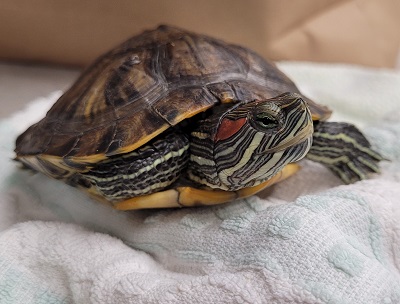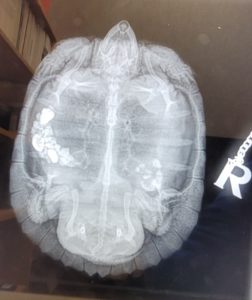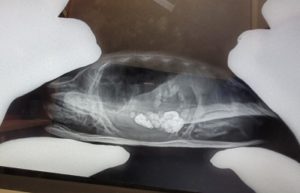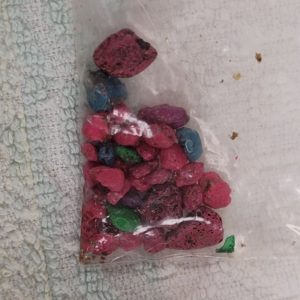
If you ever wondered how important your pet’s enclosure is to their health and wellness, this case involving our patient Illaoi the red-eared slider should put any doubt to rest. Illaoi was recently adopted into a new family, who became concerned because she wasn’t eating as much as she normally does.



Red-eared sliders live longer and grow bigger than most people anticipate and are not ideal pets for everyone. Always remember to do your research before bringing a red-eared slider or any other type of pet into your family.

